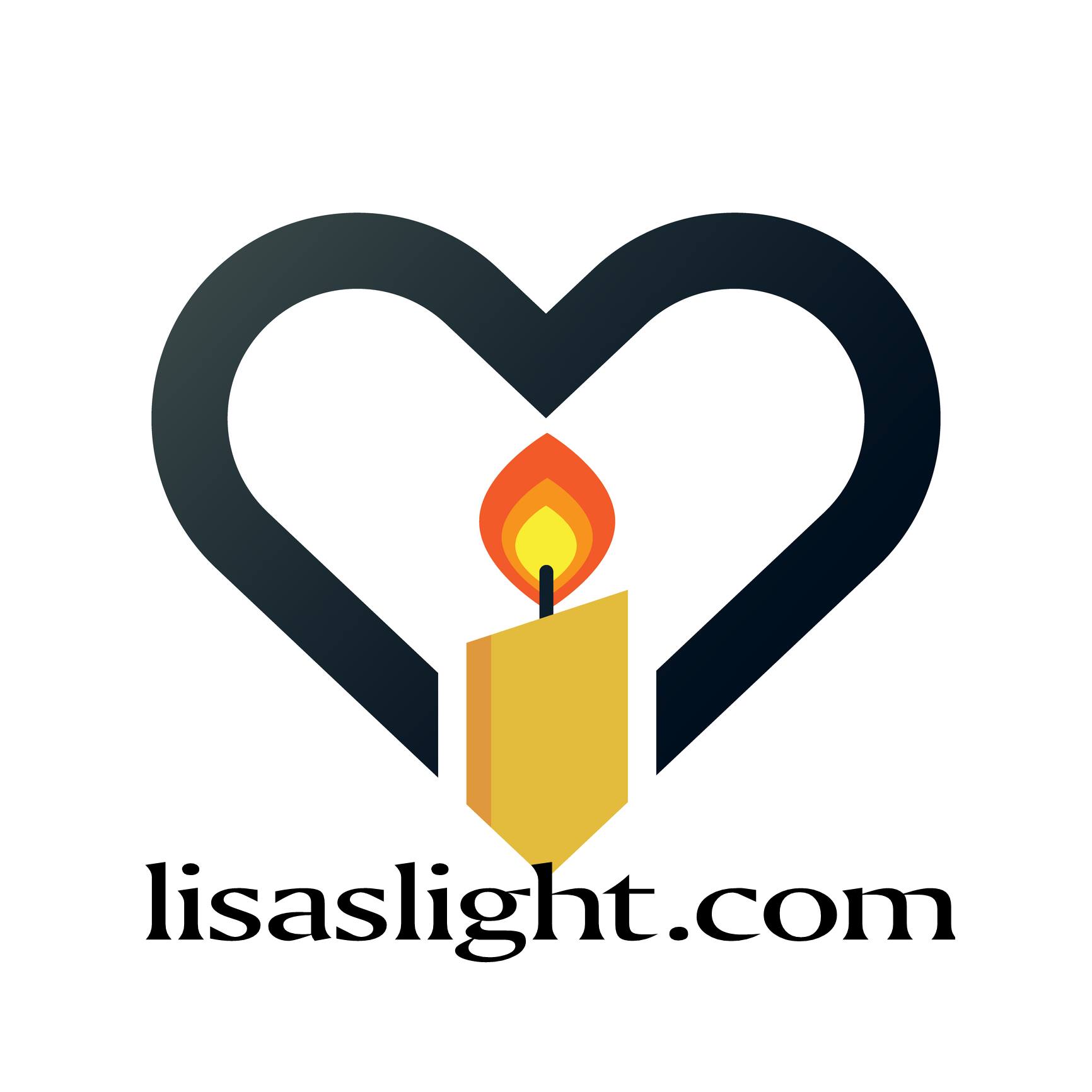

|
A new study shows negative effects of alcohol use on the brain development of adolescents. Read this fact sheet from the American Medical Association report on, "Alcohol’s Adverse Effects on the Brains of Children, Adolescents and College Students"
-- Percy Wootton, MD Past President, American Medical Association
Many factors contribute to underage drinking. These factors may include illegal alcohol sales to minors, alcohol distribution and pricing practices, cultural norms and marketing promotions and advertising. Advertising, for example, helps shape young peoples' beliefs about drinking, particularly when humorous, cartoon-like characters or glamorous images are used. By the time the average young person reaches age 18, he or she has seen more than 100,000 beer commercials
Our goal is to change perceptions about the way alcohol is accepted in our society.
We will offer workshops, lectures, and support structures to achieve these goals. We will also implement new legislation which will change the way alcohol companies promote their drug particularly to the youth market. Stricter laws need to be enacted which will convey the message that alcohol is a drug and not a beverage. The negative consequences of alcohol use need to be emphasized. It took decades for the tobacco companies to finally admit their product was addictive and caused death. Warning labels were finally included on packaging and ads were taken off the air. Class-action suits were forcing the companies to put money into prevention efforts. Tobacco companies were forced to stop gearing ad campaigns designed to entice the youth market.
Why should the alcohol companies be any different? We want to make a difference and change the way these companies do business. They have been unregulated too long and continue to adversely affect the youth market. We need to make young people aware of deceptive advertising and the way the television and film industries portray the acceptance of alcohol without consequences.
We also want to convey a clear message to recovering alcoholics about the disease of addiction and the myths that surround the disease. In particular, we want to share the benefits of a twelve step program and introduce those to a better way of life thru sobriety.
We are available for speaking presentations to various groups -- schools, treatment centers, rehabs, recovery homes...wherever there is a need to inform, educate, and make people aware of this treatable but not curable disease. For more information and a pamphlet about Lisa's Light, please email us at: gary@lisaslight.com
|